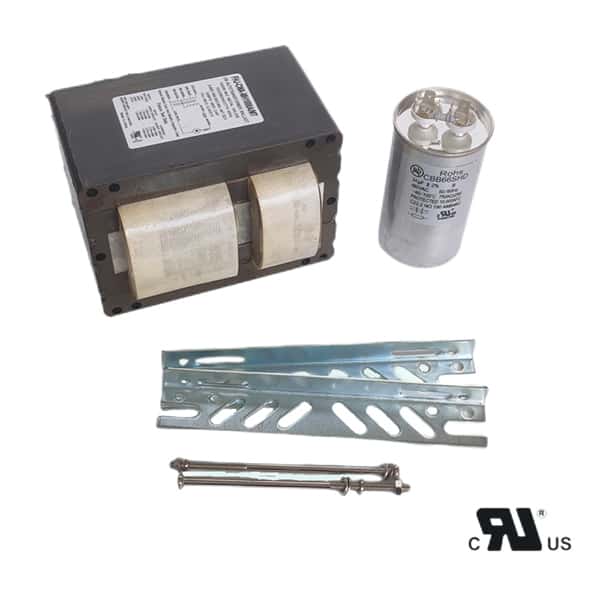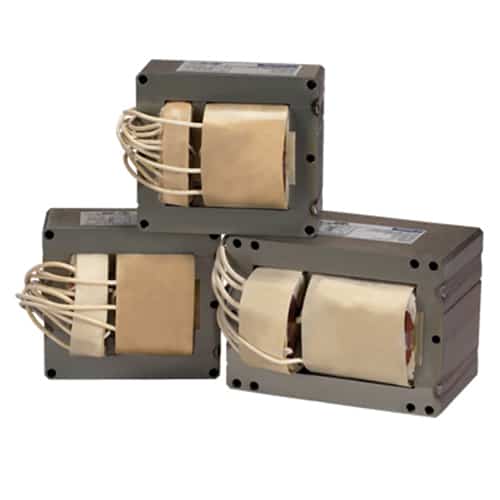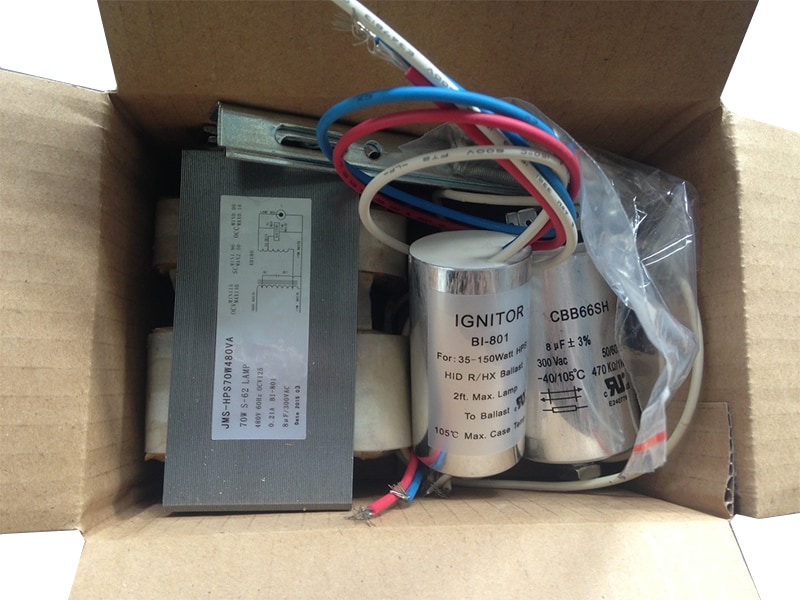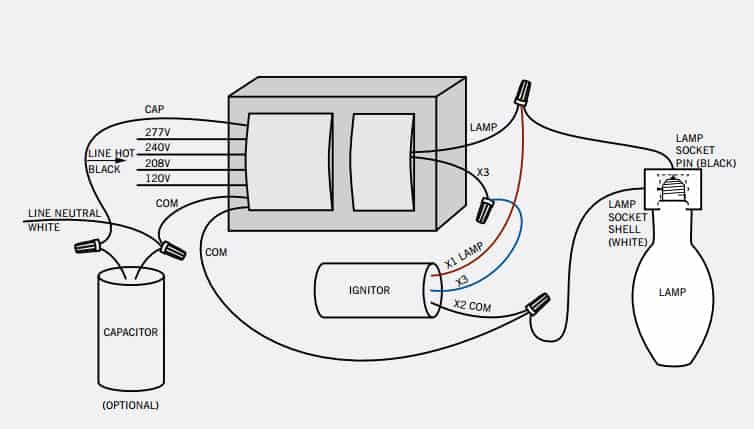A bad ballast resistor can cause your vehicle to be hard to start, stall out or not run at all. These problems will interrupt the performance of your vehicle. Knowing the symptoms of a bad ballast resistor can keep you from having trouble.
A bad ballast resistor can cause your vehicle to be hard to start, stall out or have a weak spark. Replacing the resistor will help you keep the voltage right and keep your engine running.
Let’s look at how a bad ballast resistor affects your ignition system and what you can do about it.
What is a Ballast Resistor and Why is it Important in an Ignition System?
The magnetic ballast resistor plays a critical role in the ignition system by controlling the voltage that flows to the ignition coil. When the engine starts, the ballast resistor ensures that the ignition coil receives a full 12 volts to create a strong spark. However, after the engine starts, the ballast resistor reduces the voltage to prevent the coil from overheating. By lowering the voltage, the ballast resistor allows the ignition coil to operate efficiently without burning out due to excessive heat.
Without the ballast resistor, the ignition coil would be at risk of receiving too much power, which could damage it over time. This essential component helps to regulate the ignition system, ensuring that the vehicle starts properly and runs smoothly. In older vehicles, particularly those using points-based ignition systems, the ballast resistor is indispensable for preventing damage to the coil and ensuring the longevity of the entire ignition setup.
Symptoms of a Bad Ballast Resistor
Hard Starting or No Start: One of the first signs of a failing ballast resistor is difficulty starting the engine, particularly when the vehicle is cold. If the ballast resistor is not functioning correctly, it may not provide the ignition coil with the full 12 volts needed to create a strong spark at start-up. This can result in the engine cranking but not turning over, or the vehicle may only start intermittently. In some cases, the engine may not start at all, leaving you stranded unless the ballast resistor is replaced.
Engine Stalling: Another common symptom of a bad ballast resistor is engine stalling. Once the vehicle is running, the ballast resistor reduces the voltage to the ignition coil. If the resistor is faulty, it might not provide enough voltage to keep the ignition coil functioning properly, which can cause the engine to stall unexpectedly. This can be particularly dangerous if the engine stalls while the vehicle is in motion, leading to a sudden loss of power steering and braking. Consistent stalling is a clear sign that the ballast resistor should be inspected and possibly replaced.
How to Test for a Bad Ballast Resistor
Check Voltage at the Ignition Coil: To determine if the ballast resistor is the cause of your ignition problems, one of the most reliable methods is to test the voltage at the ignition coil. Using a multimeter, you can measure the voltage at the coil when the vehicle is in the “start” position and again when it is in the “run” position. When starting, the voltage should be close to 12 volts, and when running, it should drop to a lower value, typically around 6-9 volts. If the voltage readings are outside of these ranges, it may indicate that the ballast resistor is not regulating the voltage correctly.
Inspect the Resistor for Physical Damage: Physical inspection of the ballast resistor can also provide clues to its condition. Look for visible signs of damage, such as cracks, discoloration, or burn marks on the resistor itself. These can be clear indicators that the ballast resistor has failed. Additionally, a burnt smell or melting around the resistor suggests that it has overheated and is no longer functioning properly. If you find any of these signs, it is best to replace the ballast resistor to avoid further damage to the ignition system.
Effects of a Bad Ballast Resistor on the Ignition System
Overheating of the Ignition Coil: One of the most critical effects of a bad ballast resistor is the potential for overheating the ignition coil. Since the resistor’s main function is to reduce voltage after the engine starts, a faulty resistor can allow too much power to flow to the coil. This excess voltage causes the coil to run hotter than normal, which can lead to premature failure. When the ignition coil overheats, it can cause a cascade of issues, including poor spark delivery, misfires, and overall engine performance problems. Prolonged overheating can also damage other components in the ignition system.
Irregular Spark or Misfires: A bad ballast resistor can cause irregular spark delivery, leading to engine misfires. This happens because the resistor is no longer regulating the voltage properly, causing the ignition coil to send inconsistent voltage to the spark plugs. Inconsistent voltage results in weak or missed sparks, leading to poor engine performance, reduced fuel efficiency, and difficulty maintaining a smooth idle. Over time, this can cause significant wear and tear on the engine, reducing its efficiency and lifespan.
Replacing a Ballast Resistor: When and How
When to Replace: If testing reveals improper voltage or physical damage to the ballast resistor, it is time to replace the component. Ignoring a faulty ballast resistor can lead to further complications within the ignition system, including the risk of damaging the ignition coil and spark plugs. Replacing the resistor at the first sign of trouble is a cost-effective way to maintain your vehicle’s performance and avoid more expensive repairs down the line.
How to Replace the Ballast Resistor: Replacing a ballast resistor is typically a straightforward process. Begin by purchasing the correct replacement resistor for your vehicle, ensuring it matches the specifications required for your ignition system. Once you have the replacement part, turn off the vehicle and disconnect the battery to prevent any electrical hazards. Remove the old resistor, taking note of how the wires are connected, and install the new resistor by following the manufacturer’s instructions. If you are unsure about how to proceed, it’s best to consult a mechanic or have a professional handle the installation.
Final Words:
Having a good lamp ballast resistor is critical for the performance of your ignition system. If you notice any of the early signs of trouble such as hard starting or your engine stalling, or see voltage problems, you need to check your ballast resistor. If it’s bad, replace it to keep from burning up your ignition coil and keep your engine running right.




